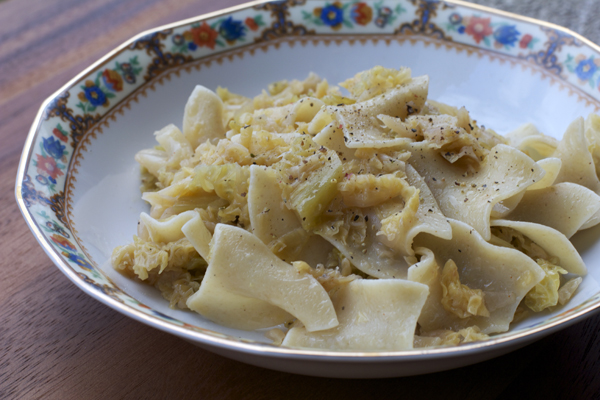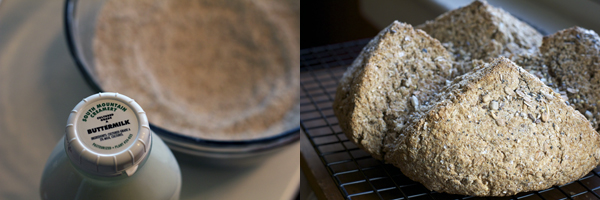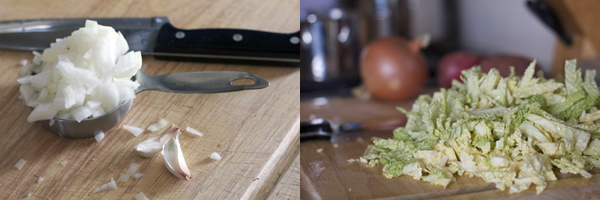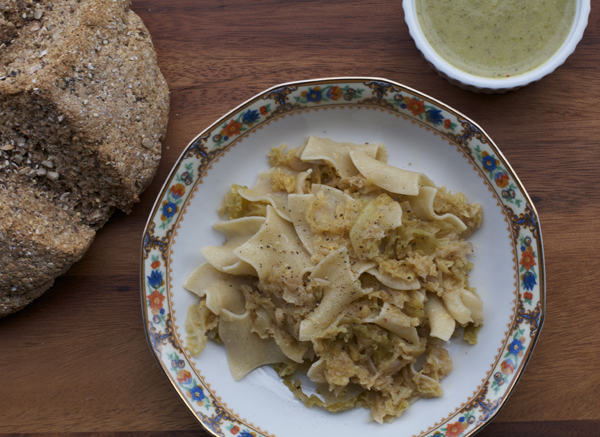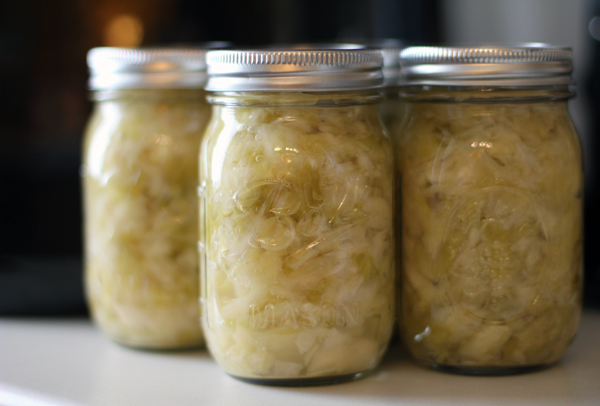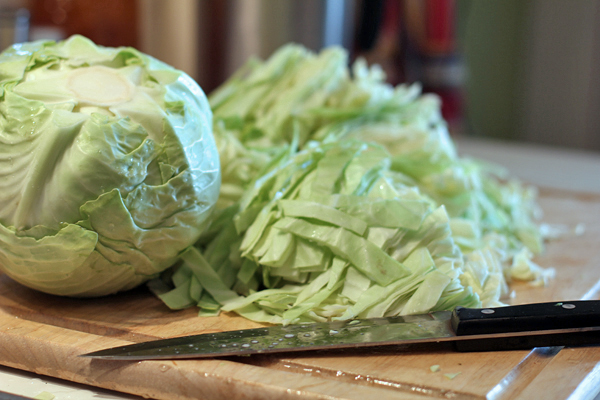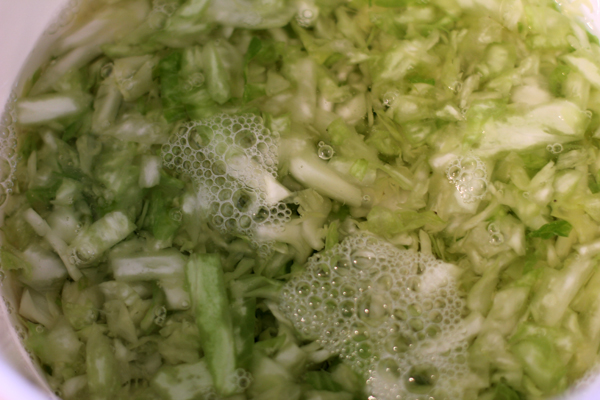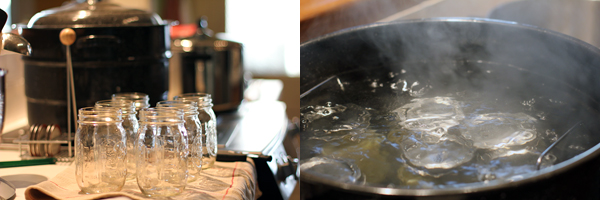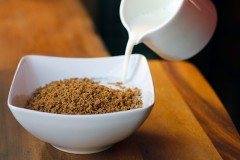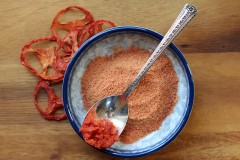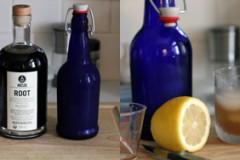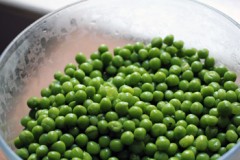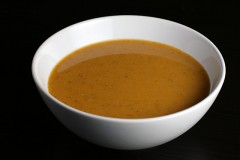There is perhaps nothing in my cooking repertoire more contrary to presentation here than the shapeless and nearly monochrome combination of cooked cabbage, onion, butter, and noodles that make up haluski. Even with a bit of black pepper and Hungarian paprika, no dressing up for the camera will really make this dish shine (or, frankly, make it appetizing if you don’t already love the tastes you’re anticipating). However, particularly if your grandma used to make it for you, there is really no protection from the winter cold more secure than this supper.
To keep the oven and stove top cranking while I steamed and sauteed my pot of cabbage and onion, I paired the cooking of this noodle dish with the creation of a loaf of soda bread and a buttermilk broccoli soup (to use up the rest of the buttermilk, though I recommend treading carefully with this recipe if nutmeg is not your thing).
It occurred to me halfway through the cooking that perhaps there were “better” ways to make haluski and that maybe I should have done a bit of Googling before I began cooking. Pretty much every post I turned up after the fact, however, was exactly the dish I had made. (Aside from the one that also included Crisco–yikes! Though if you grew up with a lard version, this may help get you there.)
So fill your kitchen with the aroma of cooking cabbage and think of grandma with love. You’ll be all the warmer for it.
Helen’s Haluski
based on the “um, maybe?” instructions of gram, via my mom
1 medium head of white cabbage, cored and shredded with a knife
1 medium white onion, roughly chopped or thinly sliced in half moons (cook’s preference)
1/2 cup water, plus more as needed
1/2 cup butter
3/4-1 lbs. wide egg noodles
salt, pepper, and paprika to taste
Place cabbage, onion, and water in a large pot. Cover almost completely with lid and heat to steam vegetables for 30 minutes, stirring occasionally and adding more water as needed. Add butter and continue cooking to brown vegetables, about 30 minutes more. Cabbage and onion should be soft and tasty. Remove from heat.
About 15 minutes before vegetables are done, cook noodles according to package directions. Add noodles to cooked vegetables and toss well to combine, seasoning with salt, pepper, and paprika. A dollop of sour cream or some cottage cheese might not be amiss either. (Don’t give me that look.)
Serve with crusty bread, vegetable soup, and pickled beets (or sausages, if you swing that way).

